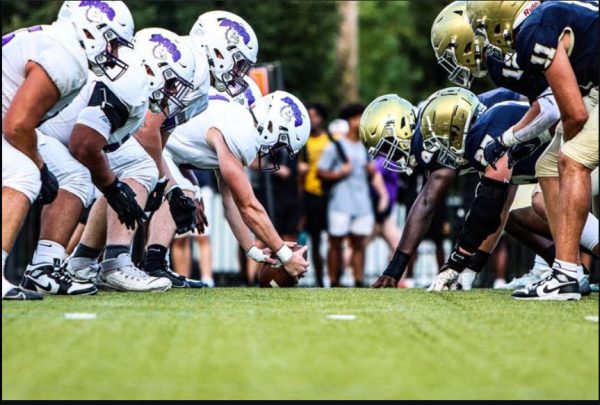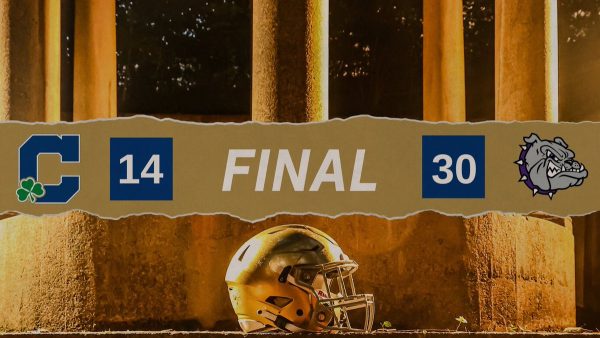Coach reflects on significance of Title IX
Fifty years ago, legislation changed women’s sports
If not for Title IX legislation that went into effect 50 years ago, the experience of players on this year’s women’s basketball team differed from that of female athletes from two generations ago.
Fifty years ago in 1972, women’s sports were changed forever with the passing of federal legislation now referred to as Title IX, which greatly expanded women’s opportunities in sports.
Among the many women positively affected was former Cathedral High School volleyball Head Coach Ms. Jean Kesterson, who was a high school athlete before Title IX and who therefore saw firsthand the difference that Title IX eventually made.
“A game changer,” Kesterson said about the legislation. “It just created so many opportunities. I am a pre-Title IV female athlete and I had the opportunity to coach at Cathedral for 27 years. It changed young girls’ lives. It created opportunities for young girls and women to play sports, which has had a huge impact on their careers and their entire life.
“High school girls still played sports before Title IX, but in an environment very different from today. We had GAA (Girls Athletic Association) when I was in high school. The GAA started in 1860 where women (could) just move and get exercise. They put (coverings) up on the windows so boys would not see young girls in bloomers. (GAA) basically was ‘we are going to play, we are not really going to keep score and we are all going to have punch and cookies afterwards,’” said Kesterson.
With the lack of athletic experience for women in her high school, she was not given opportunities similar to what are available today. “I went to Ball State University. I did not know how to play volleyball. I was a business major at the time and a PE minor and a coach saw me and said ‘you know you look pretty good, why don’t you try out for volleyball?’ and I thought ‘OK’ so that is just what you did back then,” Kesterson said.
Even after made the team she continued to face challenges. “Volleyball was interesting. We played after classes and intramurals so we practiced pretty late, like 7 to 9,” said Kesterson. “We would go over and practice with the men’s volleyball team after they finished, then we would go to our practice.”
Along with practice times there are other aspects that were affected. “Traveling was interesting. We had to wait for the men’s team to get back with the vehicles. I do remember a trip to Ohio State from Muncie, Indiana. We packed everything in the station wagons,” Kesterson said.
“I did not have weight rooms my senior year, and the men would teach us how to do the weights wrong,” said Kesterson.
Despite Title IX, some of these disparities have carried onto today. Kesterson said, “We saw this last year with (NCAA) women’s basketball. The lunches were different, the weight room was pitiful for the women’s basketball. The money and marketing are going to men’s athletics still, and how much they are spending on marketing and investing it is not meeting expectations of Title IX. We are not there yet, but we are knocking at a door loudly.
“We are creating strong women who aren’t afraid and have confidence. The number of CEOs that are in major business, 90 some percent were female college athletes. Playing fields are becoming more level,” said Kesterson.
“I cannot wait to see what opportunities are like for the next generation of women. It is changing. Sports can impact in a way that a classroom can’t. The leadership, the teamwork, the communication, the sacrifices you have to make. It is like being in the theater or the band; it is not about you, it is about others.”







